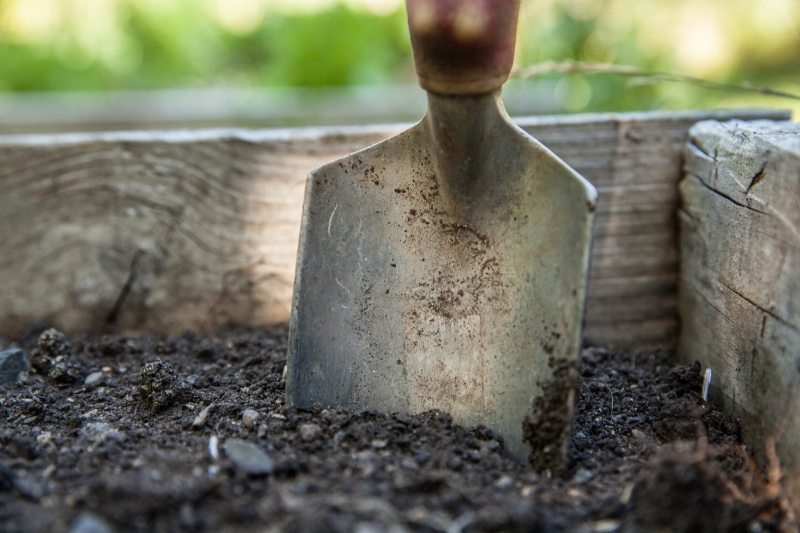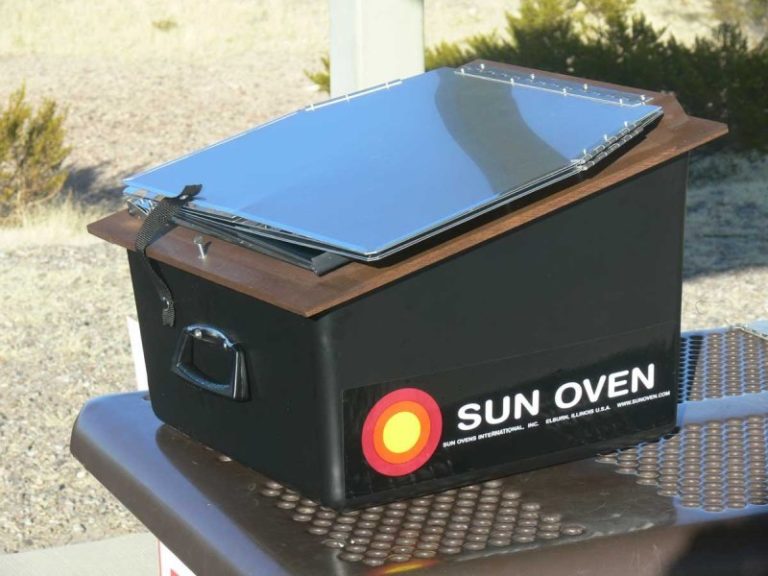2 DIY Methods To Test Soil Acidity
I get commissions for purchases made through links in this post. View our Affiliate Disclaimer.
Firstly, why is understanding the soil acidity of your vegetable garden important? Knowing the soil acidity will give you the understanding of whether essential minerals and nutrients will be available for your plants. This in turn will affect how productive your plants are when it comes to producing a crop. Different plants require different acidity levels in order to thrive. For example, pumpkins require a 6.0 to 6.8pH soil – slightly on the acidic side.
Soil Acidity Measurements On The pH Scale
You need to understand how the pH scale works.
From a simple point of view, on the pH scale, 1 to 6 is acidic, pH 7 is neutral. Anything above 7 is varying degrees of alkalinity. Your soil, if alkaline will probably be in the 7-8 pH range and an acdic soil will be in the range of 5-6pH.
To test your soil acidity, you can either purchase a soil tester, or try some easy home tests to determine your soil pH. The variances in soil pH are not that great, so the test does not have to be super accurate. It is intended to give you an IDEA of whether your soil is acidic or alkaline.
You may not want to change the acidity/alkalinity of your soil, but knowing what range your soil is in will help you choose the right plants for your soil type.
Lets get on to the 2 DIY soil testing methods.
Method 1 Soil Acidity and Alkalinity Test
Soil Acidity Test
You will need distilled water to perform this test.
- Collect some soil from your garden from between 4 and 6 inches (10-15cm) below the surface.
- Remove any plant debris and stones from the soil
- Put 2 teaspoons of the soil in a clean glass jar
- Add enough distilled water to turn the soil to mud
- Add half a cup of baking soda and stir the mixture
If a reaction takes place and the mixture fizzes, then your soil is on the acidic side. It will probably have a pH of between 5 and 6.
If there is no reaction, then perform the alkalinity test below.
Soil Alkalinity Test
- Put two teaspoons of the same soil sample in a different clean glass jar
- Add half a cup of vinegar to the soil and stir gently
If the mixture fizzes or foams, or produces bubbles, then your soil is more on the alkaline side with a pH of 7 to 8.
If neither test produced much of an effect, you are lucky enough to have a soil in the neutral range of between 6.5 and 7.
Method 2 – Testing with Litmus Paper
Litmus paper is a paper strip that is coated with a material that reacts with acids and alkalines to produce different colours based on the strength of the solution.
Take some of your soil sample and mix with distilled water till it is the consistency of a milkshake.
It is important to use distilled water so that the pH of the water does not affect the test.
Dip a piece of litmus paper in the mixture for about half a minute. Compare the colour change of the litmus paper to the colour chart on the litmus paper container. This will give the pH reading for your soil.
How To Manage Soil Acidity
You can make an acidic soil more neutral by adding wood ash or lime. Alkaline soil can be made more neutral by adding sulfur or pine needles. Using these methods requires an accurate pH reading to know ho much of the balancing agent to add.
Another natural solution is to add well matured compost to either alkaline or acidic soil. The organic matter has a balancing effect on both type of soil, making them more neutral.
Now you know how to check the suitability of your soil for various plants! This may seem like a mundane task, but it will help you to have a healthy, thriving vegetable garden. Live green, live sustainable and grow your own food!
Get more posts like this
Subscribe to our mailing list and get interesting homesteading and green living info and updates to your email inbox.
Thank you for subscribing.
Something went wrong.








